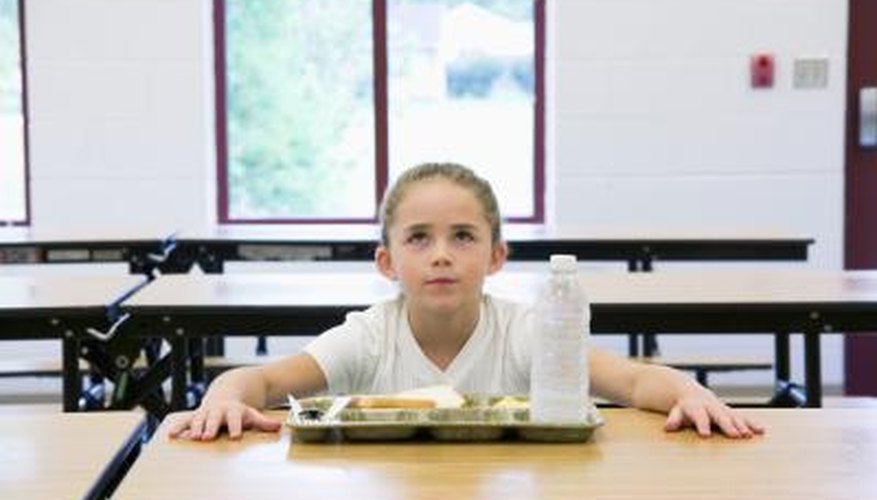State schools are funded by the government. Since the U.S. Constitution forbids the government from passing any laws favouring one religion over another, state schools rarely use religion in the classroom. Students are allowed religious freedom, but teachers are not allowed to endorse one religion over another.
Constitutional Violation
Governments cannot fund religious institutions since funding them counts as the government regarding one religion over another. State schools are funded through taxpayer dollars, but taxpayers have varying religious beliefs. Schools that choose to incorporate religion, such as through teacher-guided prayer, can lose government funding. However, students are allowed to express themselves in religious ways.
- Governments cannot fund religious institutions since funding them counts as the government regarding one religion over another.
- Schools that choose to incorporate religion, such as through teacher-guided prayer, can lose government funding.
Conflict with Science
Religion can sometimes come into conflict with scientific consensus. Some Christians find the theory of evolution and the scientific proposed age of the Earth to be violations of their religious beliefs. However, science classes are meant to teach the scientific method and conclusions that are derived from the scientific method.
Violation of Religious Beliefs
Students come from different religious backgrounds and may have no religious affiliation. Some individuals may choose to keep their religious beliefs or non-beliefs secret for fear of ostracism. Most U.S. schools require students to daily recite the Pledge of Allegiance. One clause in the Pledge is "under God," which non-religious students are not required to repeat. When teachers lead prayer in school, students who abstain or pray silently may fear having their religious views revealed. Moreover, some parents might want their children to experience prayer in different ways.
- Students come from different religious backgrounds and may have no religious affiliation.
- When teachers lead prayer in school, students who abstain or pray silently may fear having their religious views revealed.
Religious Neutrality
Sending a child to a private religious school inhibits her ability to make her own decisions about religion. Children who are taught about different religious viewpoints and non-religious perspectives can make up their own minds about what they want to believe. In this regard, state schools can teach about religion in terms of historical and social context. However, they must provide a broad range of religious viewpoints and present the religious information from a neutral stance.
- Sending a child to a private religious school inhibits her ability to make her own decisions about religion.
- Children who are taught about different religious viewpoints and non-religious perspectives can make up their own minds about what they want to believe.
